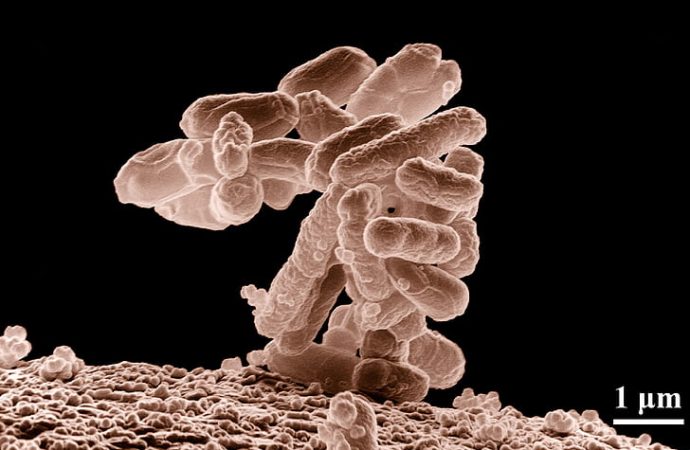Antibiotics have become a familiar resource in households. We use them to treat infections and get cured eventually. However, with time, the infection-causing bacteria adapt to the environment and the antibiotic becomes less potent to cure the infection. Ultimately, we are left with antibiotic resistance, a global menace that, if not tackled in time, can kill hundreds of people in a year’s span.
Newer antibiotics are needed and, all around the world, researchers are working to find them. A research team from MIT just identified a powerful new antibiotic, halicin, using a 21st-century tool: deep learning algorithms.
Deep learning
Deep learning, a subset of artificial intelligence and machine learning, is inspired by the neural networks of the human brain; it mimics the way neurons transmit information to each other to form a network. While traditional machine learning algorithms rely on human-given data inputs to generate a result, deep learning takes advantage of its artificial neural networks to pick up and identify these inputs from enormous amounts of data. Google Translator, for example, uses deep learning algorithms to translate entire pages to a different language in seconds, and facial recognition programs are given the task of identifying human faces without the help of humans.
It turns out that deep learning algorithms are also a useful tool to discover new antibiotics. Identifying a potential new compound from the millions of known compounds available at chemical libraries through human search takes years. Deep learning can do it in days.
Finding antibiotics through neural networks
In order to find new antibiotics, the MIT researchers applied the deep learning algorithm to find molecules that killed the bacteria. They trained the deep learning program by entering the molecular information of over 2500 compounds including drugs and natural compounds. They also checked how well these curbed the growth of E.coli.
Once this program was able to identify what molecular features were essential to kill bacteria, it was tested on the Drug Repurposing Hub which had a library of over 6000 compounds. The program was focussed on finding effective antibiotics and did not particularly identify those compounds that were similar to existing drugs. This approach was important as it could potentially find drugs against which the bacteria cannot develop resistance easily. Ultimately, a compound called halicin was identified that treated several drug-resistant infections.
Halicin kills bacteria by disrupting their ability to maintain an electrochemical gradient across their cell membranes. This gradient is essential to produce energy and, without it, cells die. Halicin was shown to be effective against drug-resistant strains of Mycobacterium tuberculosis, Acinobacter baumanni and Clostridiodes difficile. In laboratory tests, this drug killed many of the world’s most problematic disease-causing bacteria, such as Acinobacter Baumanni and Enterobacteriaceae.
The study sets an important example of using artificial intelligence to discover and predict properties of potential new antibiotics. According to the researchers, the next step in this study would be getting halicin into clinical trials. They also plan to develop new antibiotics from scratch using this program, thus eliminating the need for an existing library of compounds. Moreover, these new antibiotics will be more selective in treating drug-resistant infections without disrupting the healthy bacteria in the gut.
References: Stokes, Jonathan M., et al. “A Deep Learning Approach to Antibiotic Discovery.” Cell 180.4 (2020): 688-702.





